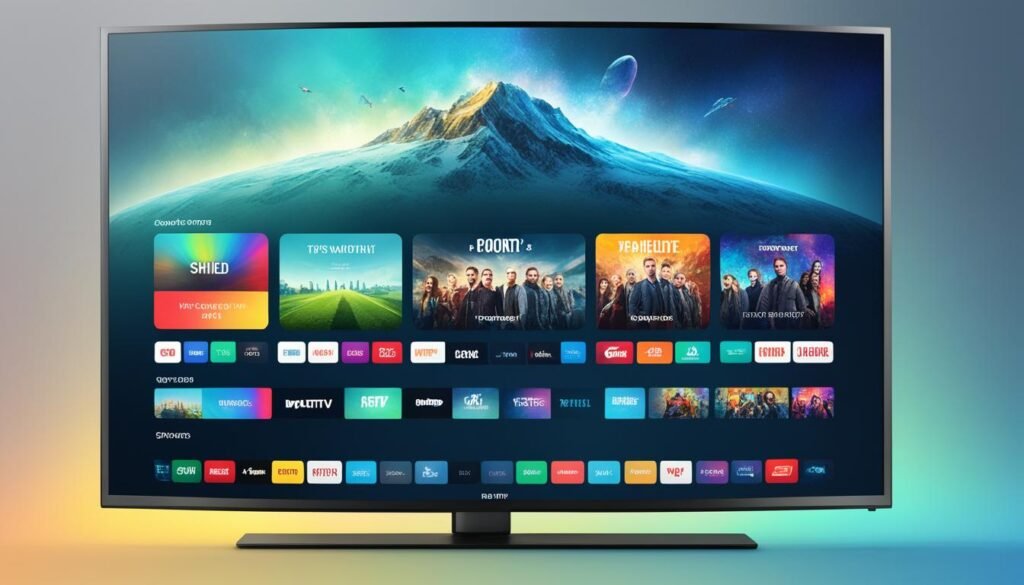
As the popularity of Over-The-Top (OTT) streaming services continues to soar, service providers face numerous challenges that can impact user experience. From buffering issues to content discovery difficulties, these challenges can deter viewers if not addressed effectively. This comprehensive guide explores the most common OTT streaming challenges in 2024 and provides practical solutions to resolve them, ensuring a seamless experience for users.
1. OTT Streaming Buffering and Latency Issues
The Challenge: Buffering is one of the most frustrating experiences for OTT users. Latency issues can result in delays and interruptions, especially during live streaming. These problems often stem from network congestion, insufficient bandwidth, or inefficient streaming protocols.
The Solution: To reduce buffering and latency, OTT providers should implement adaptive bitrate streaming (ABR), which adjusts video quality based on the viewer’s internet speed. Additionally, investing in a content delivery network (CDN) can help distribute content more efficiently, minimizing latency. Providers should also optimize their servers to handle peak traffic loads for smooth streaming.
2. Content Discovery Challenges
The Challenge: With an overwhelming amount of content available, users often struggle to find shows or movies that match their interests. Poor content discovery mechanisms can frustrate viewers and increase churn rates.
The Solution: Enhancing content discovery through advanced algorithms and AI-driven recommendations is crucial. OTT platforms should analyze user behavior, viewing history, and preferences to suggest relevant content. Integrating personalized recommendations, search features, and intuitive content categorization can significantly improve the user experience.
3. Multi-Device Compatibility
The Challenge: Viewers expect to access content across multiple devices, including smartphones, tablets, smart TVs, and laptops. Ensuring a consistent streaming experience across different devices with varying screen sizes and operating systems is a significant challenge for OTT providers.
The Solution: OTT platforms must adopt a responsive design approach, ensuring that the user interface (UI) adapts to different screen sizes and resolutions. Cross-platform testing and support for popular streaming devices such as Roku, Apple TV, and Android TV are essential for reaching a broader audience.
4. Multi-User and Profile Management
The Challenge: Many households share a single OTT account among multiple users, each with their own preferences. Managing multiple user profiles and providing a personalized experience for each user can be challenging.
The Solution: Implementing multi-user and profile management features allows users to create individual profiles within a single account. Personalized recommendations, watchlists, and viewing histories for each profile enhance the overall experience. Parental controls and content restrictions for children’s profiles are also essential.
5. Content Playback Continuity
The Challenge: Users expect to switch between devices or pause content and resume playback seamlessly from where they left off. Disruptions in playback continuity can lead to frustration.
The Solution: Implementing features like “Continue Watching” and synchronized playback history allows users to pick up where they left off, regardless of the device. Cloud-based solutions that securely store playback data enable smooth transitions between devices.
6. Content Security and Piracy
The Challenge: Content piracy remains a significant concern for OTT providers, leading to revenue loss and legal complications. Balancing content security with a seamless user experience is challenging.
The Solution: Employing advanced digital rights management (DRM) systems, encryption techniques, and secure streaming protocols can prevent unauthorized access and distribution. Watermarking content and monitoring for illegal streams are additional deterrents. Regular security audits help providers stay ahead of potential threats.
7. High User Expectations
The Challenge: With the rise of premium streaming services, user expectations for video quality, speed, and content availability have never been higher. Meeting these expectations can be difficult, particularly for smaller OTT providers.
The Solution: Investing in high-quality infrastructure and using advanced video compression technologies can help meet user demands. Providers should focus on delivering HD and 4K content where possible, optimizing for fast loading times and minimal buffering. Regular updates to the user interface further enhance the experience.
8. Navigating Regulatory and Compliance Issues
The Challenge: OTT providers must navigate complex regulatory and compliance issues, including content licensing, data privacy, and user protection. Non-compliance can result in fines and legal challenges.
The Solution: Staying informed about local and international regulations is crucial. OTT providers should implement data protection measures like encryption and secure storage while working with legal experts to ensure compliance with content and privacy laws.
9. Handling Peak Traffic and Scaling
The Challenge: OTT platforms often experience spikes in traffic during live events, premieres, or popular show releases. Scaling to handle peak traffic without compromising quality or performance is a major challenge.
The Solution: Cloud-based infrastructure allows for scalability, enabling platforms to handle traffic surges. Load balancing and auto-scaling technologies distribute traffic evenly across servers, preventing overload. Monitoring traffic patterns and preparing for high-traffic events can also help maintain performance.
10. Ensuring a Smooth User Interface and Experience
The Challenge: A cluttered or confusing user interface can deter users from exploring content, leading to a poor user experience. A smooth, intuitive, and visually appealing UI is essential for retaining users.
The Solution: Prioritizing UI/UX design by focusing on simplicity, ease of navigation, and aesthetic appeal ensures a better user experience. Consistent design across devices, gathering user feedback, and conducting usability tests can identify areas for improvement.
Conclusion
The OTT streaming landscape is evolving rapidly, and addressing these challenges is key to enhancing user experience, increasing retention, and staying competitive. By improving buffering controls, enhancing content discovery, and ensuring content security, OTT providers can offer a seamless, future-ready streaming experience in 2024 and beyond.



